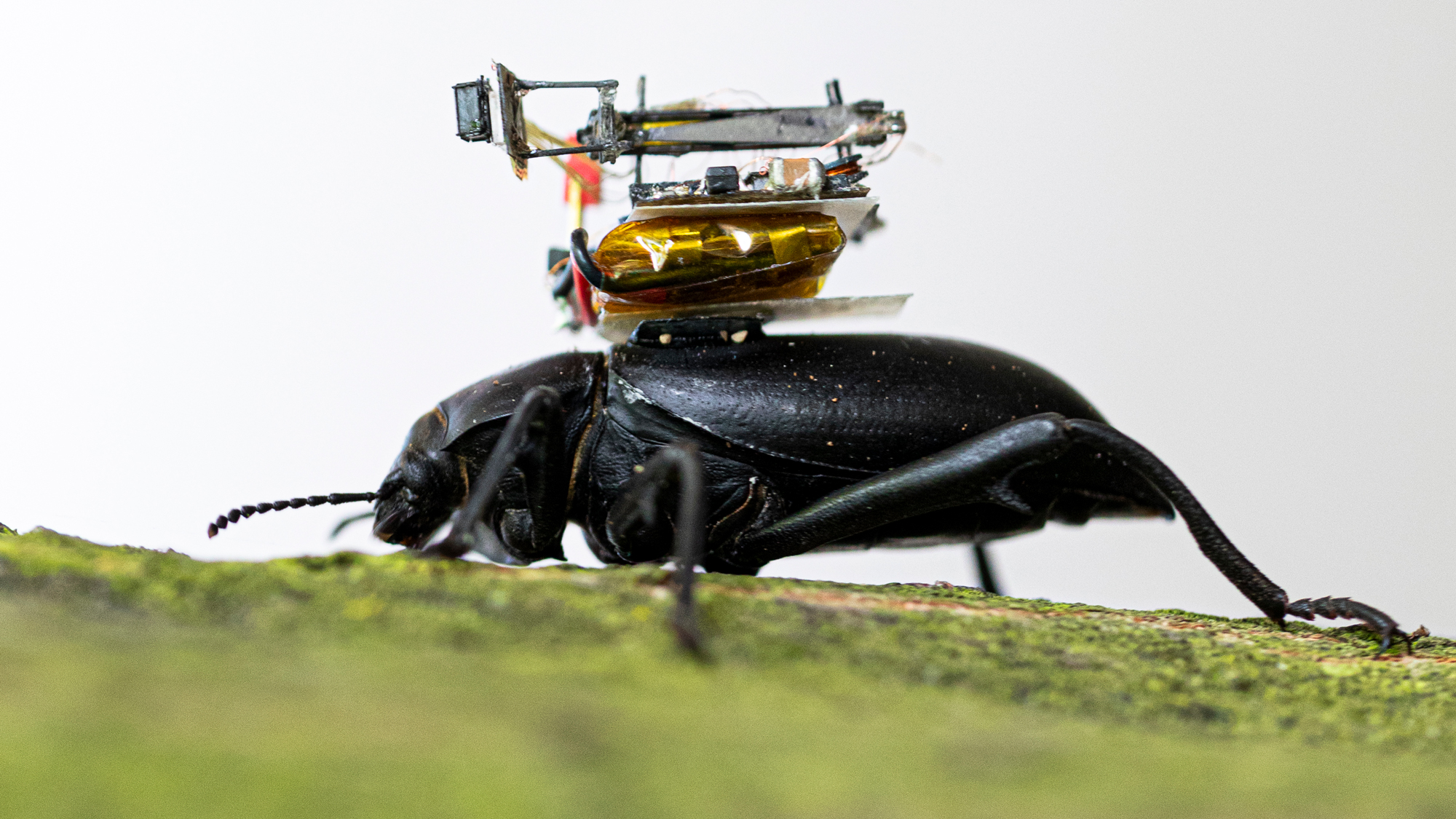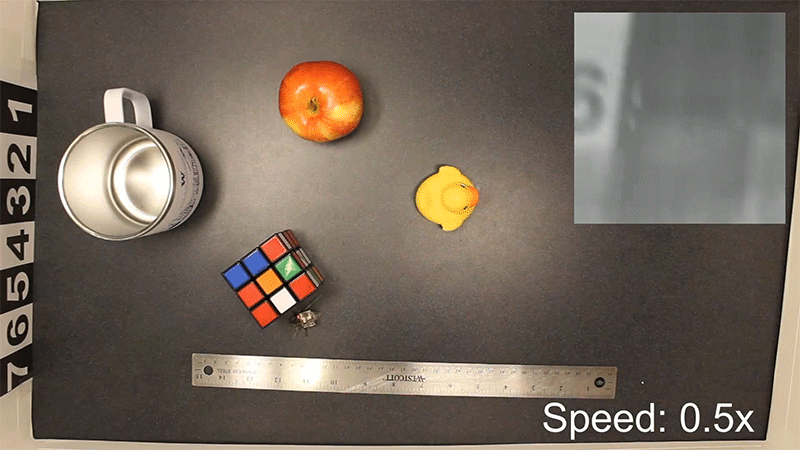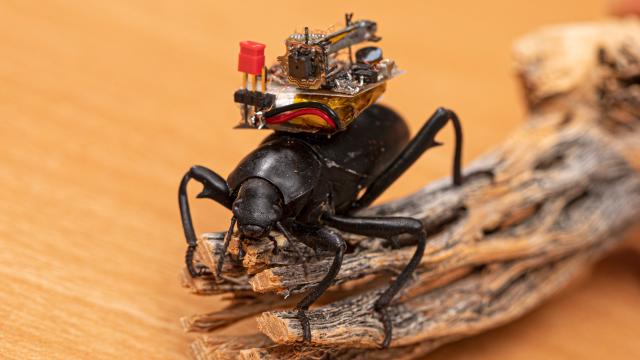Every year, companies like GoPro manage to pack more and more functionality into smaller and smaller action cameras that are less obtrusive to wear. But a team of researchers from the University of Washington has managed to build a live-streaming wireless camera that’s so small even an insect can wear it.
The camera, developed at the University of Washington’s Paul G. Allen School of Computer Science & Engineering and funded by a Microsoft fellowship and the National Science Foundation, is the first to provide a bug’s-eye view of the world without hindering an insect’s mobility. It’s not quite small and light enough to strap to a fly, but at around 250 milligrams, the camera was successfully carried by a death-feigning beetle and a Pinacate beetle, which can carry loads of over half a gram up steep inclines and even while climbing a tree.

Trying to miniaturise the camera inside a modern smartphone, which are certainly tiny compared to the cameras used by professional photographers, would have still yielded a device too large and heavy for an insect to carry once the batteries were integrated. Capturing millions of pixels with every shot requires a lot of image processing, which in turn requires a lot of power. Taking an alternate route, the researchers copied nature’s approach to how flies see the world. Their large compound eyes can detect motion across a wide field of view (it’s why they’re so difficult to swat) but also feature a small, high-resolution region that can focus on prey or other targets, which helps reduce the load on their tiny brains.
In terms of image quality, the tiny camera the researchers developed pales in comparison to what was included on the original iPhone 13 years ago. It’s black-and-white, low-resolution, and sends video to a connected smartphone at a rate of just one to five frames per second. To expand its field of view, the camera’s lens can be pivoted side to side about 60 degrees, allowing a remote operator to track a target or generate a higher resolution panorama, without an insect or an equally tiny robot having to move or reposition itself, which would consume additional power.

Given its size and low-power approach, the camera’s streaming abilities are similarly limited, with a Bluetooth connection that maxes out at a distance of roughly 120 metres, requiring a remote operator to be fairly close to the camera at all times. However, battery life is surprisingly decent. Streaming nonstop, the camera can run for up to two hours, but to extend that, the researchers included an accelerometer so that it’s only capturing and broadcasting images whenever the beetle is moving. That can increase the camera’s battery life to over six hours.
The researchers acknowledge their design certainly raises some privacy concerns, given how easy it is for insects to find their way into your home, which is why they’re taking their creation public instead of secretly shopping it to the military and law enforcement. But it has some legitimately interesting potential applications aside from snooping. The camera could provide entomologists with new insights into how insects traverse their environment, respond to threats or other stimuli in the wild, and even provide a more intimate look at their social structures.
The newly developed camera has also been used to create an equally tiny autonomous robot that can move at speeds of around 2 to 3 centimetres per second. That may not sound fast, but it already outperforms existing robots at that scale. As the technology improves and moves out of the research stage, it won’t be long before wishing you were a fly on the wall becomes a reality.
